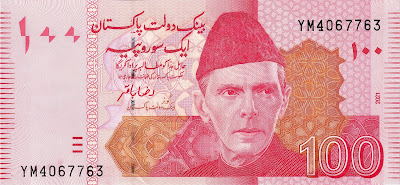The Bosnian Dinar holds a significant place in the economic history of Bosnia and Herzegovina, serving as the official currency during a transformative period in the country's development. Originating from the breakup of Yugoslavia, the Bosnian Dinar played a crucial role in shaping Bosnia's economic landscape before being replaced by other currencies.
Following the disintegration of Yugoslavia in the early 1990s, Bosnia and Herzegovina emerged as an independent nation. In the midst of political upheaval and armed conflict, the Bosnian Dinar was introduced in 1992 as the official currency of the newly formed Bosnian state. The Dinar was issued by the Central Bank of Bosnia and Herzegovina, established to oversee monetary policy and regulate the country's financial system.
However, the Bosnian Dinar's existence was short-lived. The currency faced significant challenges due to hyperinflation and economic instability wrought by the Bosnian War. As a result, its value rapidly depreciated, leading to a loss of confidence among both domestic and international investors. In response, Bosnia and Herzegovina transitioned to alternative currencies, including the Deutsche Mark and later the Convertible Mark, to restore stability and confidence in the financial system.
Today, the Bosnian Dinar exists primarily as a relic of Bosnia's tumultuous past, serving as a reminder of the challenges faced during the country's transition to independence. While no longer in circulation, the Bosnian Dinar holds historical significance, symbolizing a pivotal period in Bosnia's history of nation-building and economic reconstruction.
Despite its limited role in contemporary economic affairs, the legacy of the Bosnian Dinar endures as a testament to the resilience of the Bosnian people in the face of adversity. Its story serves as a reminder of the importance of stability and prudent monetary policy in fostering economic growth and prosperity in Bosnia and Herzegovina.

.jpeg)
.jpeg)
.jpeg)
.jpeg)
.jpg)
.jpg)
.jpg)
.jpg)
No hay comentarios:
Publicar un comentario